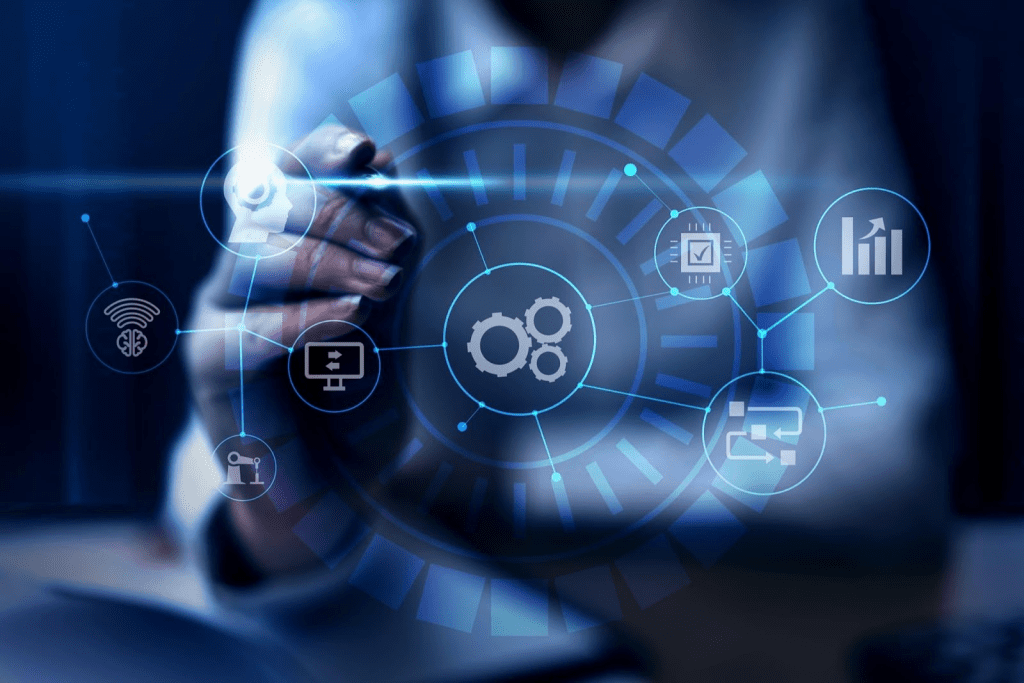One of the key success factors of Inbound Marketing is the efficient and properly developed customer relationship. Hubspot is a CRM, as well as a marketing automation software providing a robust framework capable of helping organizations keep track of the contacts in the business and nurturing them through different stages of the buyer’s journey.
This framework is called the HubSpot lifecycle stages and categorizes the contacts based on the activity level and the interactions with the company. Thus, HubSpot lifecycle stages can help improve the overall marketing, sales, and customer service performances.
What Are HubSpot Lifecycle Stages?
When it comes to defining the lifecycle stages in HubSpot, these are the various stages that contact goes through in the course of interacting with the business. These stages make it easier for businesses to see the level of the contact in the customer funnel and thereby be able to engage with the contact and also promote various products to the contact.
The primary lifecycle stages include the subscriber, the lead, marketing-qualified leads (MQLs), sales-qualified leads (SQLs), opportunities, customers, evangelists, and others in HubSpot. All these stages play a significant role in determining the relationship between business and contacts as well as the transition of the latter between the stages of the sales funnel. Partnering with a HubSpot Solution Partner can help businesses effectively manage and optimize these lifecycle stages, ensuring better customer engagement and improved sales outcomes.
Subscriber
Subscribers are the people who have expressed interest in the content that you put out but have not yet become part of your sales cycle. Usually, they are your blog or newsletter subscribers, or readers of other information you provide. Subscribers need to be nurtured into leads which requires a relationship to be developed with them. Giving them useful and interesting information would help keep them interested and active on the page and increase their desire to interact with your brand.
Lead
Leads are the people who have some level of interest in your product or services by visiting your website, downloading resources, or filling out the form. Leads are the people who have initiated the process of becoming potential customers by following a certain call to action. Developing the leads by providing them with appropriate content and deals leads them toward the sales funnel.
Marketing Qualified Lead (MQL)
Marketing Qualified Leads are leads that the marketing team has deemed as most likely to convert to customers due to their behavior and relevance to the company’s ideal customer profile. MQLs are targeted for more specific marketing activities. Specific content and individual contact with the client help to qualify MQLs and turn them into SQLs.
Sales Qualified Lead (SQL)
The marketing team evaluates leads and, once qualified, passes Sales Qualified Leads (SQLs) to the sales department. These leads have expressed a desire to buy or have taken actions indicating their intent to purchase. The sales team then follows up with these SQLs. This stage marks a transition from a marketing to a sales orientation.
Opportunity
Opportunities are the SQLs that have reached a certain level where there is a real possibility of clinching a business. It can be said that these people are involved in the selling process. Opportunities represent high-value prospects. The sales team concentrates on identifying the client’s needs, responding to objections, and sealing the deal.
Customer
Customers are those who are the contacts that have gone through the purchase process and are now consuming your product or service. The customer is not the final stop of the journey. To sustain growth, the business must guarantee customer satisfaction and encourage customers to buy repeatedly or recommend the business to others.
Evangelist
Evangelists are happy customers who willingly spread the word about your brand to other people, giving recommendations and recommendations. Marketers can rely on evangelists, especially for word-of-mouth campaigns. Keeping good relations with evangelists will open up new leads and customers as they will promote the company.
Other
Use this stage for contacts that do not belong to the other specific stages of the model. The contacts can include partners, employees, or any other people involved in the business. Although these contacts are not directly engaged in sales, they still contribute to the overall functioning of your business.
Leveraging HubSpot Lifecycle Stages
Knowing a contact’s stage in the lifecycle helps send meaningful information. Segment your communication to target their buyer’s journey stage. Capture attention and drive conversions effectively. Segmenting contacts into lifecycle stages guides your marketing campaigns. For example, give MQLs learning materials and offer SQLs product information. This ensures productive marketing.
Clearly define when a lead becomes an SQL or an opportunity. This helps the sales team work more effectively. It also boosts conversion rates. Lifecycle stages cover the entire customer lifecycle. Analyze customer satisfaction to spot potential advocates. Create strategies to bring customers back and encourage referrals.
Analyze contact distribution in the funnel stages. This reveals the funnel’s condition. Identify bottlenecks and track marketing results. Fine-tune strategies based on data analysis.
Conclusion
HubSpot offers an organized way to manage contacts and guide them through the customer journey. Understanding and using lifecycle stages can boost marketing, sales, and customer service efforts. This helps businesses grow sales and build long-term customer relationships. No matter your experience with HubSpot, mastering lifecycle stages can transform customer relationship management and support your business goals.
Explore Textify’s AI membership
Be updated with Textify News
Need a Chart? Explore the world’s largest Charts database
